Covid has been hell, even for those who never got it.
Two years ago my husband and I pushed our sixteen foot raft away from the Lee’s Ferry dock below the Glen Canyon Dam and into the silty Colorado River. By then, mid-March of 2020, the virus had just been declared a pandemic, even though the numbers were a fraction of what they would become. Utah, where I live, was reporting four cases. F-o-u-r. Total. And yet we feared we would be returning to a different world at the river’s take out, two hundred eighty miles and three weeks downstream. And we were right.
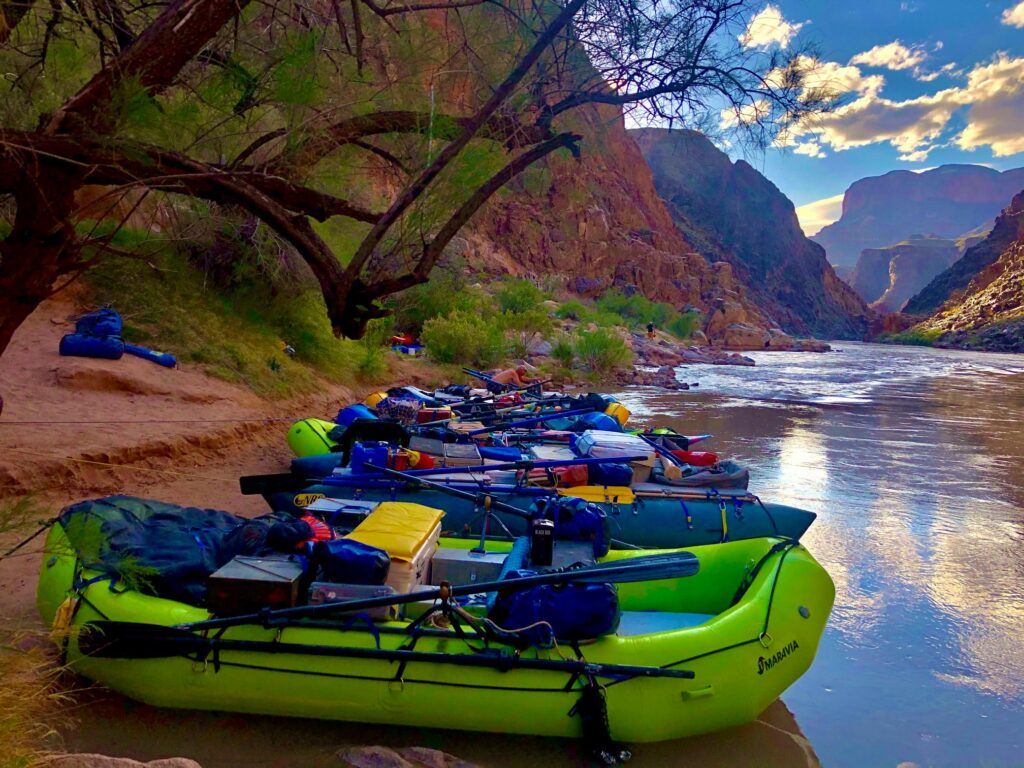
By the time we emerged from the Grand Canyon and pulled our raft from the river in early April, caseloads in Utah had nearly quadrupled, but were still miniscule – around thirty. Over the next two years, Utah would suffer a staggering 927,013 total number of cases, and that number continues to stubbornly rise every day (yesterday it was 926,894). Accurate worldwide figures are harder to gauge given undocumented cases in remote regions, but they are estimated to be over five hundred million cases with over six million ending in death. Over one million of those deaths were here in the United States. One million, and counting.
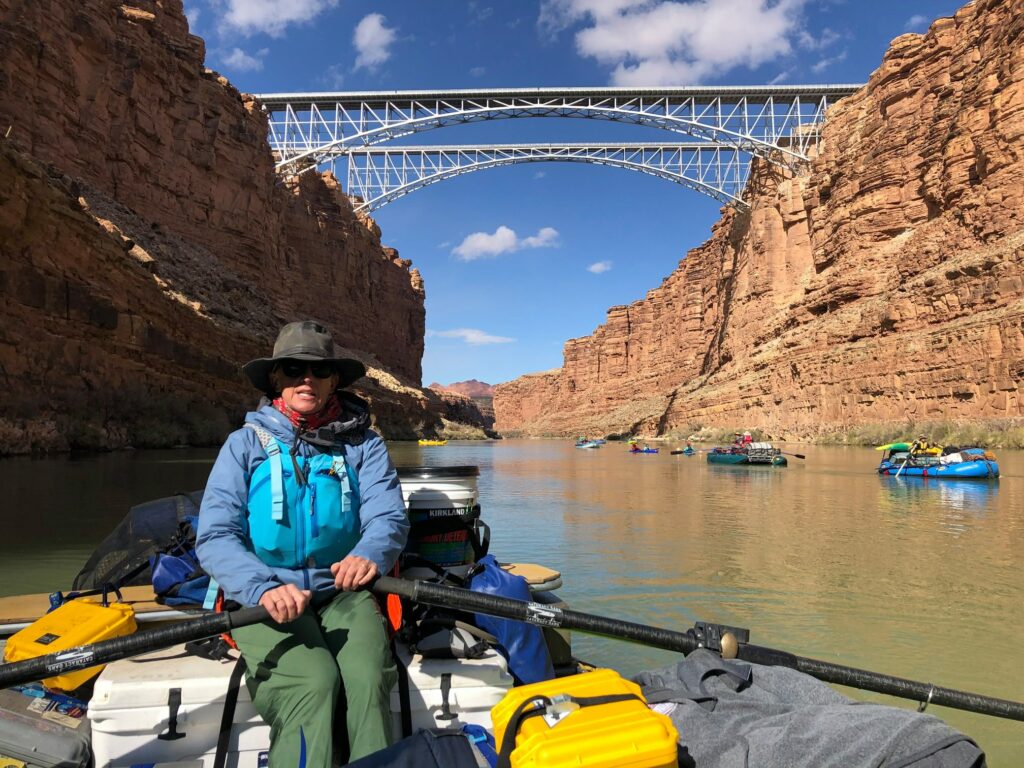
Nearly every individual in every nation felt the impact of so much disease, destruction and death. Businesses closed, then failed entirely. Markets crashed. Travel all but stopped. Hundreds of millions lost their jobs and, too many, lost their homes and savings. The terminally ill were quarantined in hospital beds with caretakers covered head to foot in PPE, their faces masked, their hands gloved, and all too often the dying said goodbye to loved ones on Zoom and Facetime — sometimes not at all. People lucky enough not to lose someone dear to them still suffered the fear and anxiety that a medically vulnerable friend or family member would become sick, be isolated for days or weeks, and possibly die — alone.
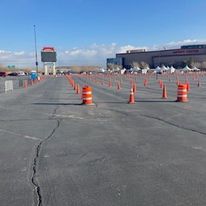
A few months into a pandemic that we thought would last weeks, I decided I needed to immerse myself in what would probably be the biggest news story of my journalistic life. So, for nearly a year I worked as a contact tracer and then in the vaccination clinics with the Salt Lake County Health Department. Six days a week I carved a few hours out of my writing work and called the newly-diagnosed. After giving them the bad news, I instructed them how to self-quarantine, not an easy task in a state that prides itself on having the youngest population in the country (i.e., large families). One single mother I spoke to had twelve children, ten of whom were still underage and “not much help” around the house and with the babies. She told me it was virtually impossible for her to stay isolated in her bedroom for two weeks (the CDC quarantine protocol at the time) and have her meals left at the door. She would just have to cope as her kids, one-by-one, caught the virus from her, and thus with every diagnosis extended the household quarantine another two weeks. In several cases, I had to call the same house five or six times as the virus spread from child to parent to siblings to visiting cousins and aunts – all of them instructed to undergo the same two weeks alone in their rooms, if they had separate rooms to go to. It was fascinating, rewarding, and heartbreaking work. Too many times, the new Covid patient would tell me they had already lost family members, almost always the most vulnerable – a sick sibling or older mother, father, or grandparent. And now the virus had found them and they waited to see if it too would take them.
Aside from the unspeakably horrific numbers of the sick and dead that the world has lost, there’s the utter void of the past two years. Normally, a year, even months and weeks, have benchmarks. You remember those – dates in our calendars and by which we noted the passage of time; birthday parties with toasts and silent wishes to make over gleaming cakes, Bar and Bat Mitzvahs in synagogues crammed with every aunt and uncle you ever met and many you never had, anniversary dinners in fancy restaurants, Thanksgiving gatherings around a table crammed with food and faces, Christmas Eve around the tree singing carols with your favorite people in the world, Passover Seders taking turns reciting the Psalms, Easter egg hunts, Fourth of July picnics on blankets waiting for the fireworks to begin, Labor Day neighborhood barbeques before we said goodbye to summer, and those particularly wonderful and wild gatherings that spontaneously happened for no particular reason but that remained etched in your memory…Those and many more benchmarks disappeared for two years as Covid shut the world down. Just last night my sister and I were trying to remember when we’d last seen a mutual friend and we had to add two years to our estimate because we know we didn’t see them during in those 24 months, so it must have been that much farther back. No gatherings, no group celebrations, no surprise birthday parties, no Thanksgiving feasts, no travel to see our distant family or to that business meeting in another state. It’s been a blur of days, weeks and months that all look the same.
Between the Delta and Omicron variants, the Salt Lake County Health Department scaled back its Covid response, and I left the job to refocus on my writing. But as a freelancer, finding creative energy in the amorphous world that Covid had created, one without edges or deadlines or any real structure, has been excruciatingly difficult. Writing is grueling work without a pandemic and writing in the vacuum of a stalled world has been as challenging a professional task as I’ve ever encountered. Notice I’m not saying, “as challenging as I’ve ever overcome,” because that ain’t happened yet. I’m working on it, but every day which remains stuck in the mire of Covid’s murky muck, is another day that I battle to wrest it out of that muck. I’m exhausted. And I’m not alone. I think the world is exhausted. We all need a break. We all need life back — with its benchmarks and birthdays, its travel and family feasts, its celebrations and summers at the beach.
And here we are, a third of the way through 2022. Dare we hope that life will resume if not tomorrow, or next month, then soon?
I named this blog, “Getting Our Groove Back,” so, I hope so. Two years is enough already.
Jennifer Jordan
Salt Lake City
March, 2022

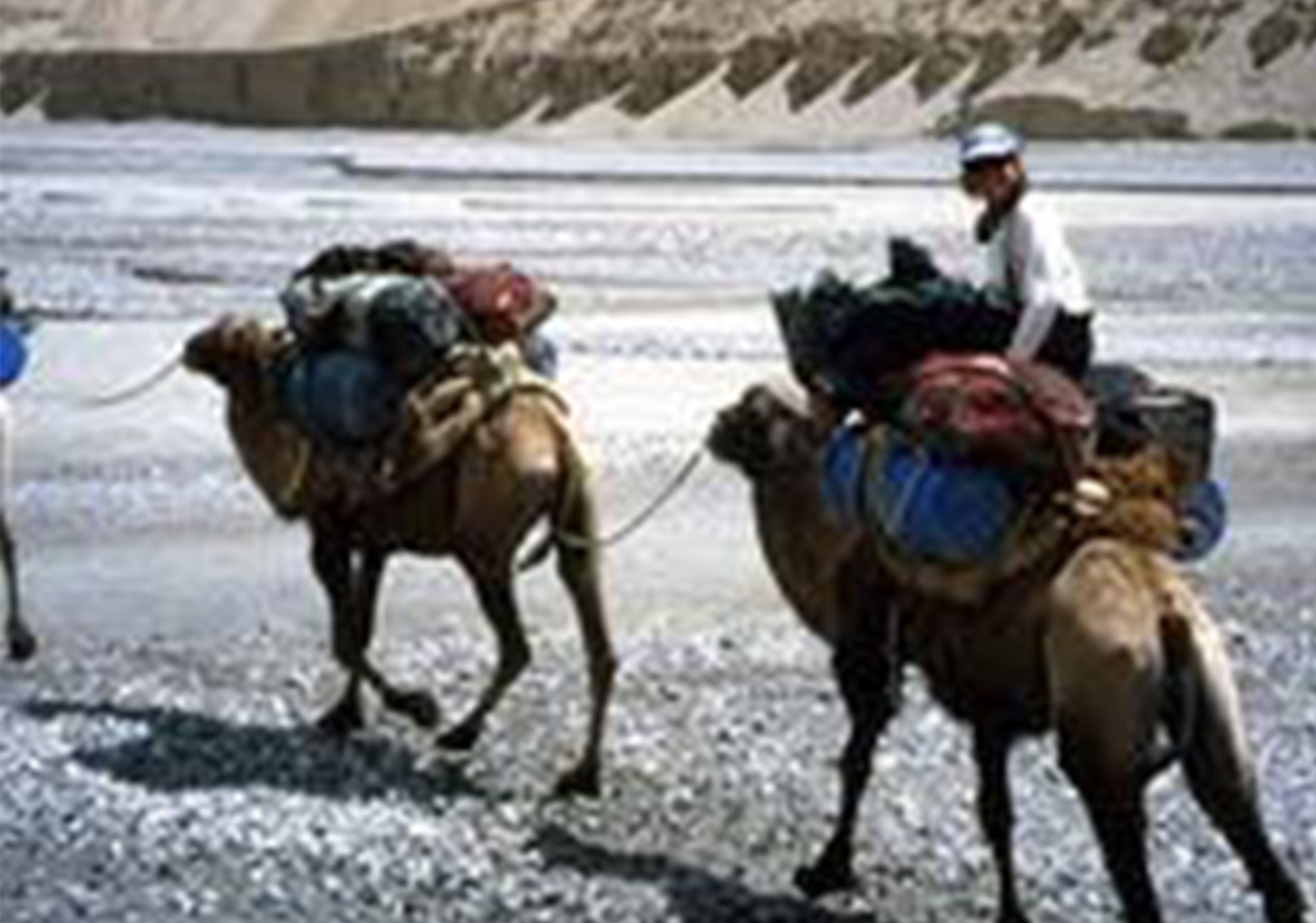
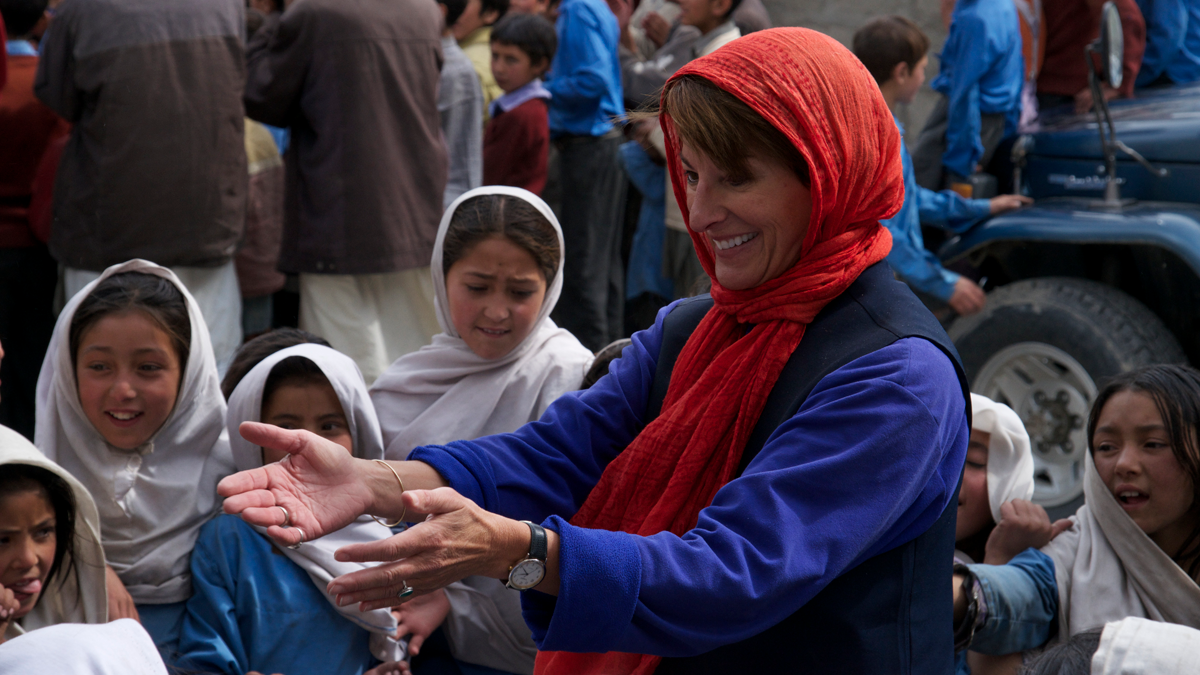
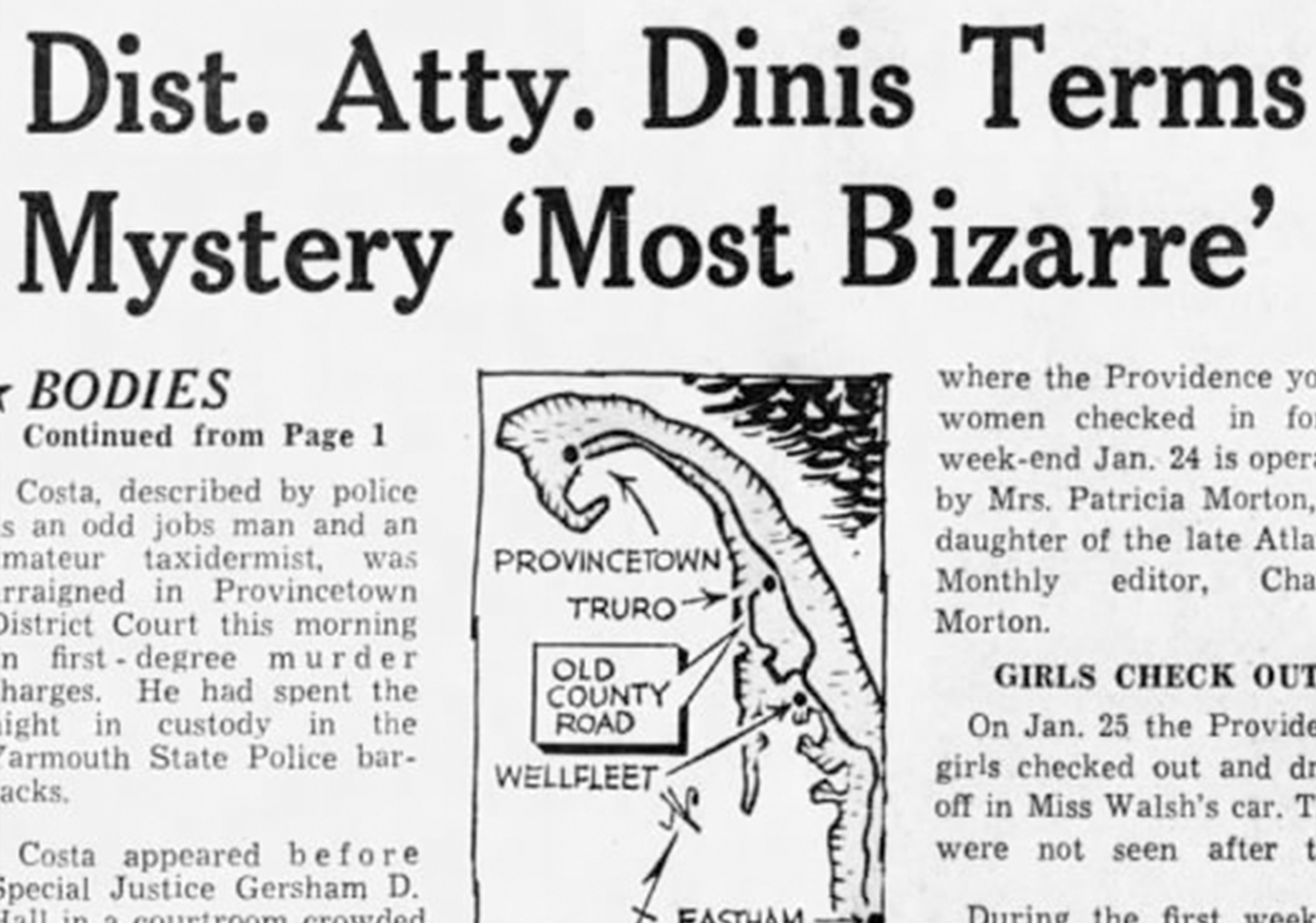
Leave A Comment